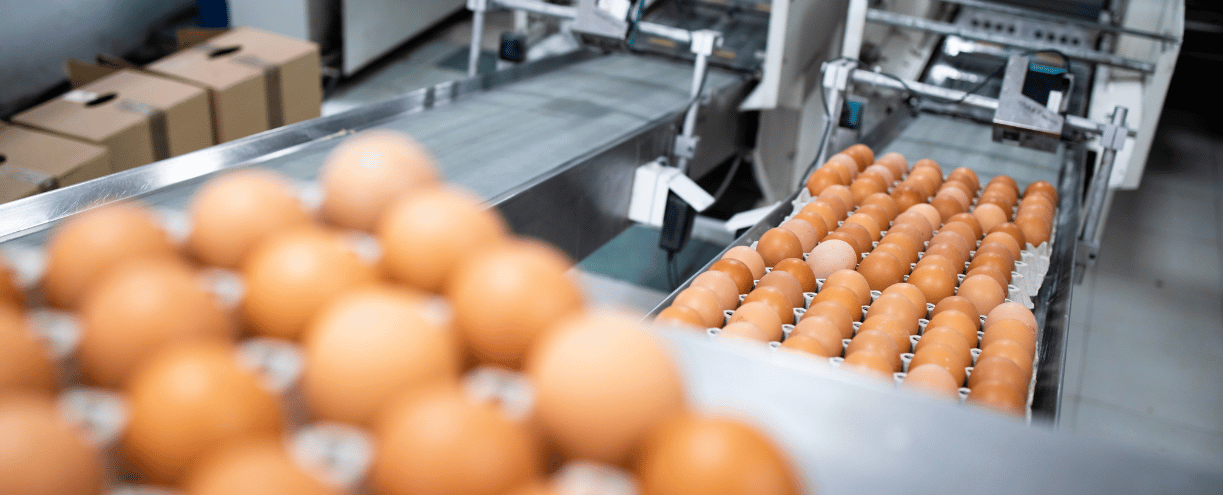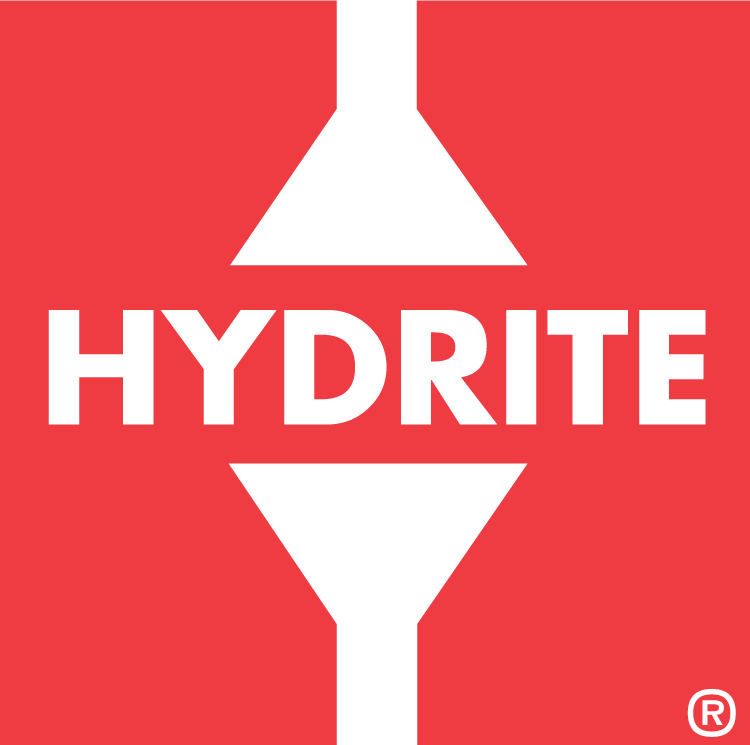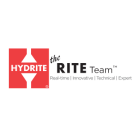
Different Forms of Chlorine
There are many frequent questions and concerns around the use of liquid chlorine bleach, or sodium hypochlorite. Two of the most common questions are:
- Why is chlorine bleach corrosive to stainless steel?
- If I add chlorine to a caustic cleaning solution, do I still need to sanitize?
The answer to the questions above depends on the state that the chlorine is in. Sodium hypochlorite is made by reacting chlorine gas (Cl2) with a liquid solution of caustic soda (NaOH) shown by the reaction below:

As you can see, when sodium hypochlorite is formed, so is an equal amount of sodium chloride, or salt. The product is formed with an excess of sodium hydroxide.
Hydrite sells 12.5% by weight sodium hypochlorite solution labeled as San-I-King No. 451. The product in the container has a pH greater than 10 due to an excess of sodium hydroxide in the manufacturing process.
Various forms of chlorine, depending on pH conditions:
- Alkaline pH (pH greater than 10)
- At an alkaline pH, the chlorine exists as sodium hypochlorite, just as the container is labeled.
- Sodium hypochlorite is effective at peptizing/solubilizing protein and oxidizing other organic compounds. This is why we boost alkaline CIP and alkaline foam solutions with sodium hypochlorite. Sodium hypochlorite is not an effective sanitizer or disinfectant.
- At alkaline pH, the sodium hypochlorite is not corrosive to 304 or better grades of stainless steel.
- Neutral pH (pH between 6 – 8)
- At near-neutral pH conditions, the sodium hypochlorite converts to hypochlorous acid (HOCl). The hypochlorous acid dissociates into hydronium ions (H+) and hypochlorite ions (OCl-). o The hypochlorite ion (OCl-) is a powerful oxidizer and effective disinfectant. That is why we mix sodium hypochlorite with neutral pH potable water to make a sanitizing solution (diluting the sodium hypochlorite in potable water reduces the pH).
- Because the hypochlorous acid solutions also contain salt (sodium chloride), and the pH of the solution is neutral to mildly acidic, they can be corrosive to stainless steel if there is prolonged contact. If you use chlorine bleach to sanitize stainless steel equipment, prolonged contact time must be avoided to prevent pitting and corrosion.
- Acidic pH (pH below 6)
- As the pH of sodium hypochlorite is reduced to neutral pH, the sodium hypochlorite is converted to hypochlorous acid. As the pH of the solution is reduced further, the hypochlorous acid is converted into toxic and corrosive chlorine gas. This is why we never want to mix any products containing chlorine bleach with acid!
Reach out to The RITE Team® for more information on sodium hypochlorite (liquid chlorine bleach) solutions.

